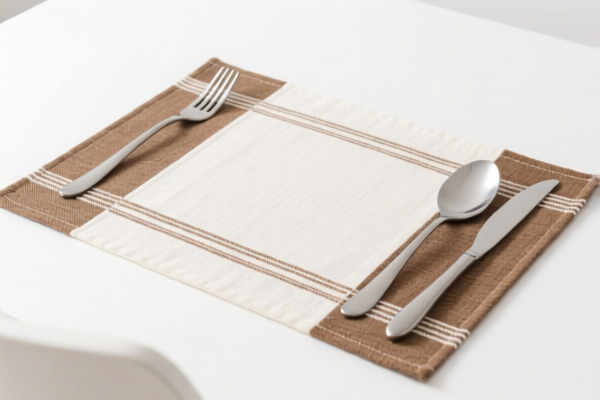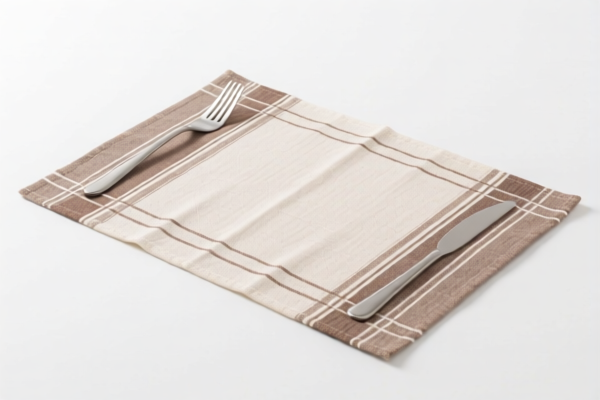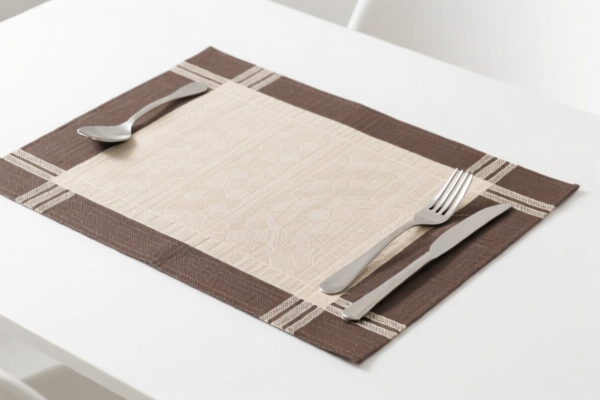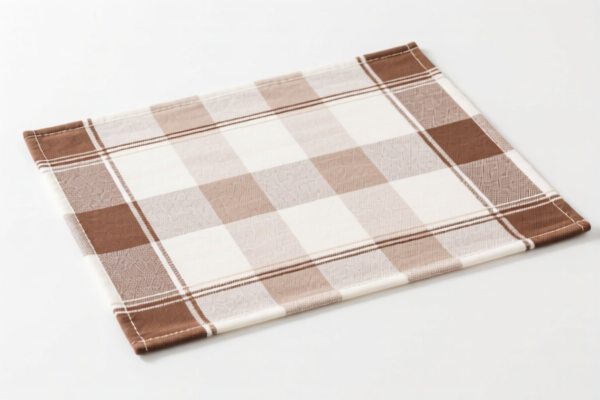| HS Code | Official Doc | Tariff Rate | Origin | Destination | Effective Date |
|---|---|---|---|---|---|
| 4818900080 | Doc | 37.5% | CN | US | 2025-05-12 |
| 4823690020 | Doc | 55.0% | CN | US | 2025-05-12 |
| 4823690040 | Doc | 55.0% | CN | US | 2025-05-12 |
| 4707900000 | Doc | 55.0% | CN | US | 2025-05-12 |
| 4707100000 | Doc | 55.0% | CN | US | 2025-05-12 |
| 4706100000 | Doc | 55.0% | CN | US | 2025-05-12 |
| 4706200000 | Doc | 55.0% | CN | US | 2025-05-12 |
| 3926904800 | Doc | 33.4% | CN | US | 2025-05-12 |




Paper Meal Mat
A paper meal mat, also known as a paper placemat, is a disposable or reusable sheet used to protect a dining surface and provide a hygienic eating surface.
Material:
- Paper: The most common material, typically made from wood pulp. Variations include:
- Virgin Paper: Made from new wood fibers, offering a cleaner appearance and higher absorbency.
- Recycled Paper: Environmentally friendly, utilizing post-consumer waste.
- Tissue Paper: Thinner, often used for single-use applications and decorative purposes.
- Plastic-coated Paper: Paper with a plastic laminate for increased water resistance and durability.
- Non-woven Fabric: Some mats utilize non-woven fabrics, offering a cloth-like feel and reusability.
Purpose:
- Surface Protection: Prevents spills, stains, and scratches on tables, countertops, and other dining surfaces.
- Hygiene: Provides a clean barrier between food and the table, particularly useful in communal dining settings.
- Decoration: Available in various designs, colors, and patterns to enhance table presentation.
- Educational Tool: Children's placemats often feature learning elements like alphabets, numbers, or images.
Function:
Paper meal mats primarily function as a barrier. They absorb minor spills, contain crumbs, and simplify table cleanup. They can also reduce noise from dishware contact.
Usage Scenarios:
- Home Dining: Everyday use to protect tables and simplify mealtime.
- Restaurants & Cafeterias: Disposable mats for quick and easy cleanup, maintaining hygiene standards.
- Fast Food Establishments: Provide a sanitary surface for customers.
- Schools & Daycares: Used for children’s meals, often featuring educational designs.
- Parties & Events: Disposable mats for convenience and decorative purposes.
- Crafts & Activities: Used as a protective surface for messy projects.
Common Types:
- Disposable Paper Placemats: Single-use, made from standard or recycled paper. Available in plain or printed designs.
- Adhesive-Backed Placemats: Feature an adhesive layer on one side to secure them to the table surface, preventing shifting.
- Children's Placemats: Designed with colorful illustrations, educational elements, and often laminated for durability.
- Holiday-Themed Placemats: Feature seasonal designs for special occasions.
- Reusable Paper Placemats: Made from thicker paper or coated materials for multiple uses. Often washable.
- Roll Form Placemats: Supplied in rolls for easy dispensing and customization.
Paper meal mats fall under articles of paper pulp, paper, paperboard, cellulose wadding or webs of cellulose fibers. Here are the relevant HS codes based on the provided reference material:
- 4818900080: This HS code covers toilet paper and similar paper, cellulose wadding or webs of cellulose fibers, of a kind used for household or sanitary purposes, in rolls of a width not exceeding 36 cm, or cut to size or shape; handkerchiefs, cleansing tissues, towels, tablecloths, table napkins, bed sheets and similar household, sanitary or hospital articles, articles of apparel and clothing accessories, of paper pulp, paper, cellulose wadding or webs of cellulose fibers. The tax rate details are: Basic tariff: 0.0%, Additional tariff: 7.5%, Additional tariff after 2025.4.2: 30.0%, Total tariff: 37.5%.
- 4823690020: This HS code covers other paper, paperboard, cellulose wadding and webs of cellulose fibers, cut to size or shape; other articles of paper pulp, paper, paperboard, cellulose wadding or webs of cellulose fibers: Trays, dishes, plates, cups and the like, of paper or paperboard: Other Cups and round nested food containers. The tax rate details are: Basic tariff: 0.0%, Additional tariff: 25.0%, Additional tariff after 2025.4.2: 30.0%, Total tariff: 55.0%.
- 4823690040: This HS code covers other paper, paperboard, cellulose wadding and webs of cellulose fibers, cut to size or shape; other articles of paper pulp, paper, paperboard, cellulose wadding or webs of cellulose fibers: Trays, dishes, plates, cups and the like, of paper or paperboard: Other Other. The tax rate details are: Basic tariff: 0.0%, Additional tariff: 25.0%, Additional tariff after 2025.4.2: 30.0%, Total tariff: 55.0%.
Explanation of HS Code Structure (based on provided reference material):
The HS codes follow a standardized system. For example, using 4823690020 as an illustration:
- 48: This represents the Chapter, covering "Paper or paperboard, manufactures thereof, paper pulp, paper or paperboard and articles thereof".
- 23: This represents the Heading, specifically covering "Other paper, paperboard, cellulose wadding and webs of cellulose fibers, cut to size or shape; other articles of paper pulp, paper, paperboard, cellulose wadding or webs of cellulose fibers".
- 69: This represents the Subheading, covering "Trays, dishes, plates, cups and the like, of paper or paperboard".
- 0020: This is a further specification within the subheading, denoting "Other Cups and round nested food containers".
Important Note:
The classification between 4818900080, 4823690020, and 4823690040 will depend on the specific characteristics of the paper meal mat. If the mat is considered a "tablecloth" or "table napkin" it would fall under 4818900080. If it is a tray, dish, plate, or cup-like structure, it would fall under 4823690020 or 4823690040.
Customer Reviews
No reviews yet.